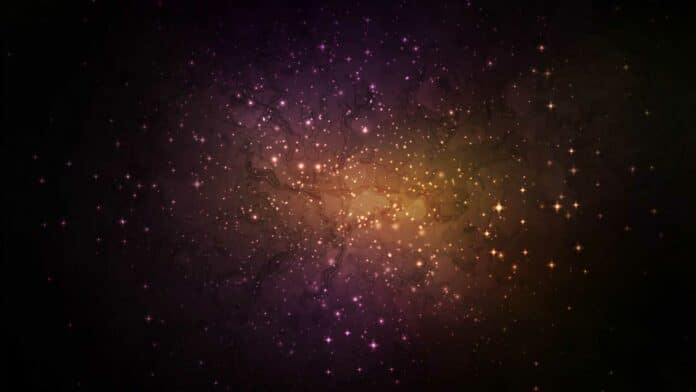In cosmology, the term “dark matter” describes materials that are inert to electromagnetic fields or light. Though its composition and properties remain unknown, it provides insight into the motion of planets, stars, and galaxies. According to current theory, three types of matter make up the cosmos: “normal matter,” “dark energy,” and “dark matter.”
A recent uOttawa study, however, casts doubt on this concept. It implies that the current model doesn’t leave space for dark matter.
This conclusion was reached by Faculty of Science physics professor Rajendra Gupta using a combination of the covarying coupling constants (CCC) and “tired light” (TL) theories (the CCC+TL model).
This model combines two concepts: the premise that light loses energy when traveling significant distances and the idea that the forces of nature diminish over cosmic time. It has been tested, and several findings have been agreed upon, including those on the distribution of galaxies and the evolution of light from the early universe.
This finding contradicts the current theory of the universe, which states that dark energy makes up the remaining 25% of the universe and that dark matter makes up less than 5% of it.
Rajendra Gupta, Physics professor at the Faculty of Science, Ottawa, said, “The study’s findings confirm that our previous work (“JWST early Universe observations and ΛCDM cosmology”) about the age of the universe being 26.7billionyears has allowed us to discover that the universe does not require dark matter to exist. In standard cosmology, the accelerated expansion of the universe is said to be caused by dark energy but is, in fact, due to the weakening forces of nature as it expands, not due to dark energy.”
When light is shifted toward the red portion of the spectrum, it is called a “redshift.” The researcher analyzed Data from recent articles on the distribution of galaxies at low redshifts and the angular extent of the sound horizon at high redshifts.
Gupta said, “There are several papers that question the existence of dark matter, but mine is the first one, to my knowledge, that eliminates its cosmological existence while being consistent with key cosmological observations that we have had time to confirm.”
This study opens up new avenues for exploring the universe‘s fundamental properties by challenging the need for dark matter and providing evidence for a new cosmological model.
Journal Reference:
- Rajendra P. Gupta. Testing CCC+TL Cosmology with Observed Baryon Acoustic Oscillation Features. The Astrophysical Journal. DOI 10.3847/1538-4357/ad1bc6
